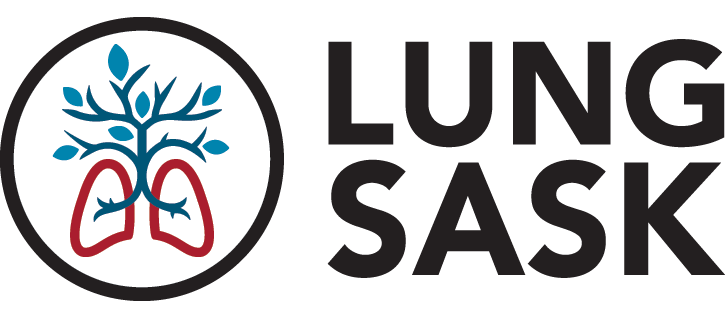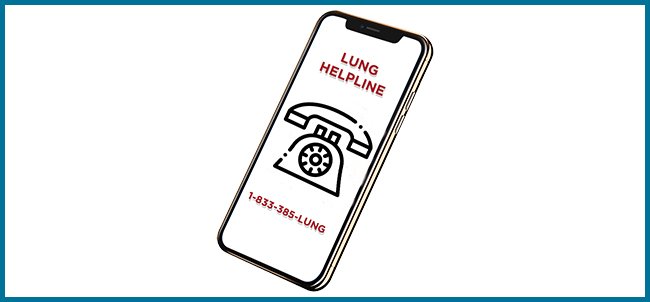Non-invasive Ventilation
What is Hypercapnia and Non-invasive Ventilation (NIV)?
Ventilation essentially means to move oxygen (O2) into the lungs and carbon dioxide (CO2) out of the lungs. Red blood cells carry O2 to your body and create CO2 when your cells make energy from the O2. Red blood cells carry CO2 from your organs and tissues to your lungs, where you breathe it out (a waste product).
Hypercapnia or CO2 retention is when your body can’t get rid of CO2, and it builds up in your blood which can cause a medical emergency or death if not treated. Some people with severe COPD and/or sleep apnea have a hard time breathing out CO2. Sometimes using too much oxygen with someone with COPD can also cause CO2 retention or make it worse. If you are prescribed oxygen, follow strict directions on how much oxygen to use as prescribed by your doctor. O2 saturations (a measurement taken with an a little machine called an oximeter on your finger) should be between of 88% to 92% if you have COPD and at risk of CO2 retention. Oxygen should be administered only when saturations are below 88%.
Symptoms of hypercapnia/increased CO2 include:
- Shortness of breath
- Headaches
- Persistent tiredness or sluggishness during the day
- Disorientation
- Confusion or altered mental state
- Paranoia
- Depression
- Seizures
Non-invasive ventilation is a type of respiratory or lung support that is given to a patient using positive pressure via a mask to push air into and out of the lungs. Invasive ventilation would be a breathing tube into your airway/lungs. Both treatments can help remove CO2 from your body to treat hypercapnia. NIV is preferred because it is less traumatic.
Types of NIV
Continuous Positive Airway Pressure (CPAP) and Bi-level Positive Airway Pressure Device (BiPAP) Machines are most often used to treat sleep apnea but may also be used to improve difficulty breathing and to decrease CO2 in the blood caused by COPD. CPAP alone may not help enough to fix hypercapnia or high CO2 levels; you may need to use a machine that gives you higher pressure when you inhale, usually called a bi-level PAP, BiPAP, or non-invasive ventilation (NIV). This can help you take a more effective breath so that you can get more CO2 out of your system.
- CPAP - The typical fixed pressure CPAP machine delivers a constant flow of air through tubing and a mask to the airway. The stream of air creates pressure to help you breathe easier.
- BiPAP - BiPAP is a device that delivers airway pressure that differs between inspiration and expiration (breathing in and out) that helps take a bigger breath.
Oxygen may also be used with a CPAP or BiPAP. Oxygen levels and airway pressure levels are usually determined by a sleep doctor.
Benefits of NIV
NIV has been shown to:
- decrease death from COPD
- decrease the number of COPD exacerbations (flare-ups)
- increase lung function
- decrease carbon dioxide
- When used regularly during a COPD flare-up, NIV has been proven to reduce the length of hospital stays.
- In addition to these benefits, NIV in COPD:
- improves the work of breathing needed to remove CO2 from the body
- decreases shortness of breath
- improves sleep
Limitations of NIV
- Must be used on a regular basis, at least 5 hours a day for at least three months. Best to use it at nighttime.
- Will not “cure” COPD
- Not a recommended treatment for mild COPD





